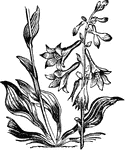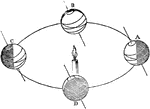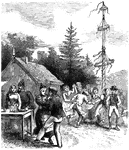Clipart tagged: ‘day’

Day-lily
"A genus of plants of the natural order Liliaceae, having a perianth with bell-shaped limb, and sub-cylindrical…

Earth Axis
"Now it is the inclination of the Earth's axis, as above described, which causes the lengths of the…

Earth Axis
"Now it is the inclination of the Earth's axis, as above described, which causes the lengths of the…

May Day Celebration
May Day marks the end of the winter half of the year in the Northern hemisphere, and it has traditionally…

Snowy Day
A cartoon of two young boys on a snowy day. One boy is standing outside, looking through a window to…
